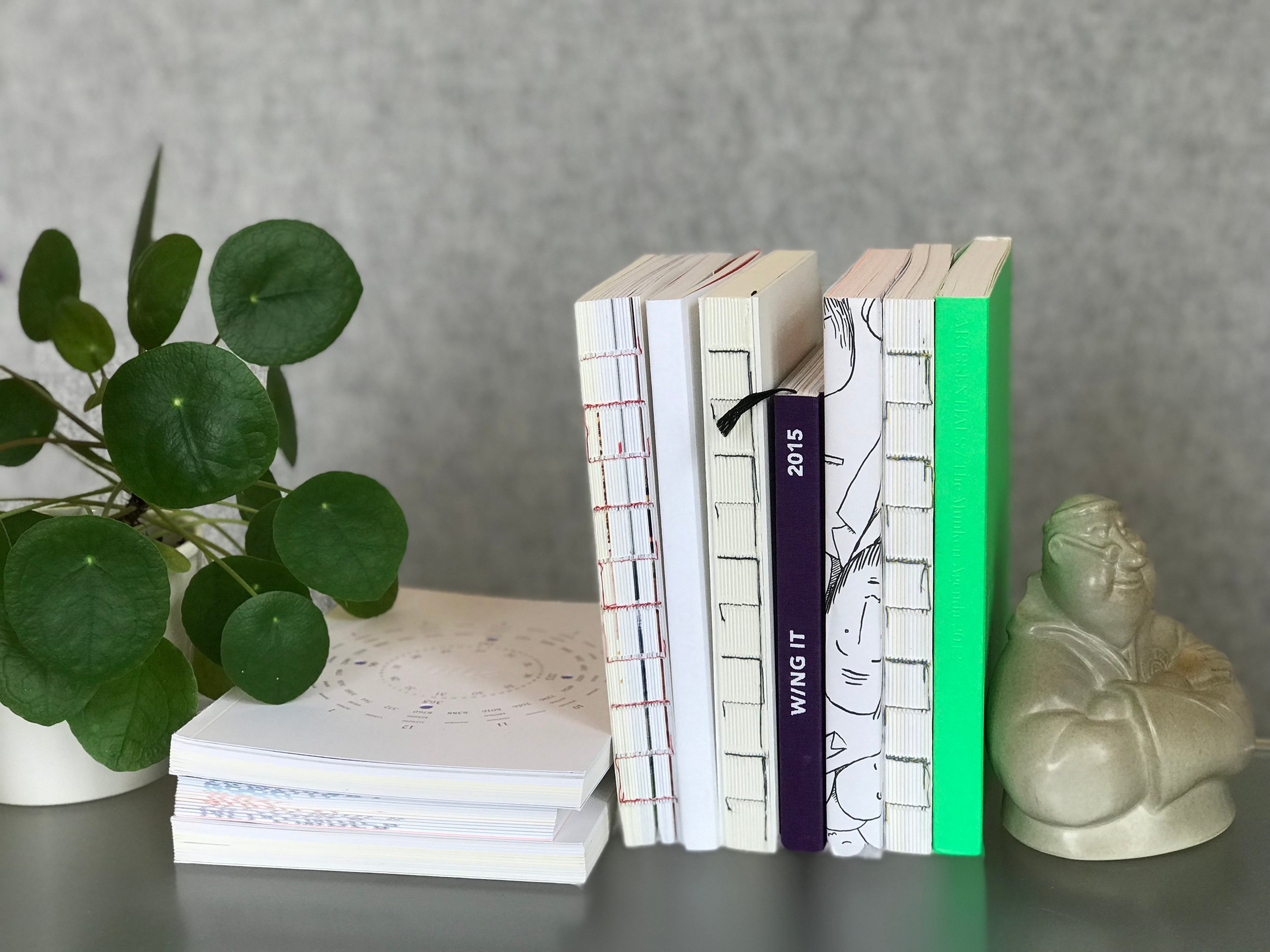Are you sure that someone will be able to read this article in 100 years?
Are you sure that someone will be able to read this article in 100 years? When you chose paper for your next project, are you considering how long the paper in the printed matter shall stay fresh? A paper produced using mechanical fibres have different properties to that of a woodfree paper.
Is the lifespan in a paper a subjective parameter? We would say yes, because a paper will not just break or “die” of old age after a certain point. However, all paper will age over time, and this will become obvious from two main aspects, yellowing and decreased strength. The effect of this will be that at some point, you will think the printed matter is not as fresh as you would like it to be. In your planning of a production, you should normally consider the time the paper is required to stay fresh. For example, a direct mail just needs a few days, but an advertising brochure may need a year or two. Whereas a schoolbook, a cookbook or a novel should be able to be passed on to future generations.
Yellowing is an aspect that usually needs to be considered when selecting a wood-containing paper. However, all paper will change colour to some extent. For example, the OBA in white paper will fade somewhat, and even woodfree paper will become slightly more yellow over time. Whereas, while the effect on wood-containing paper can start after just a few days, depending on what lighting conditions it is exposed to, with woodfree we’re talking decades or even several hundreds of years.
Regarding strength in the paper, there are two issues to consider: the binding and how the paper will withstand the handling it is supposed to endure. In the binding, the paper strength plays a great part – actually keeping it all together.

A few basic rules can be applied: woodfree paper is stronger than a wood-containing one, higher grammages are stronger than lower grammages and uncoated paper will be stronger than a coated one at the same grammage. There is, however, an additional strength aspect – how the paper chang¬es when it is exposed to moisture. Paper can remain strong in wet conditions from different sizing and surface treatments. Therefore, it’s important to consider whether the paper will be exposed to humidity in some way.
Finally, it can be interesting to reflect over the lifespan of your information when choosing a long life paper. You can probably no longer use the content of a floppy disk created 15 years ago, but you can still read a book published then. Do you think you will be able to read the information you store digitally today in 30–50 years? Perhaps, but today there is still no future-safe digital media. By choosing the right paper, however, you can ensure your information lasts several hundreds of years.
Get into paper
If you want to discuss the choice of paper, get paper samples sent to you or need other technical support, just contact your local Arctic Paper sales office.